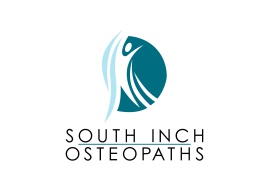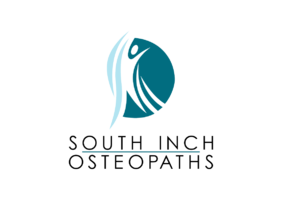
Osteopathy FAQ
Do I need to bring anything with me to my appointment?
Please bring details of any prescribed medication or supplements you are taking. If you have any recent relevant X-rays, scans or medical reports please bring these with you. Also bring any orthotics, braces or supports you use.
Osteopathic diagnosis and treatment involves both observation and palpation, therefore you will probably be asked to undress to your underwear but it is not compulsory. Your privacy will be respected at all times. If it is important to you that you are seen by a practitioner of the same gender, please make it clear at the time of booking.
You are welcome to bring a companion with you. Please be aware that they will become party to all conversation during the appointment. Anyone under the age of 16 should be accompanied at all times by a parent or appointed guardian.
Should I tell my doctor that I am seeing an osteopath?
It is not necessary to advise your GP. As primary healthcare practitioners, we are clinically trained to assess patients without recourse to medical records. Occasionally we need to contact your GP about aspects of your health and medical history. We will always obtain your consent before contacting your GP or other medical carers.
Will I be treated on my first visit?
The primary aim of your initial consultation is to establish what is wrong and whether osteopathy is a safe and appropriate treatment for you. Providing there are no contraindications we would normally expect to treat you on your first visit.
How will I feel after treatment?
Most people initially feel easier after treatment. It is not unusual to then experience a treatment reaction and become more uncomfortable as the day goes on. This usually only happens after your first one or two treatments. The discomfort may last for a couple of days and is usually easily controlled. Your osteopath will advise you on post-treatment self-help to minimise this reaction. If you are concerned about how things feel after a treatment, please get in touch.
How often will I need to be seen?
The majority of patients require 3 - 6 treatment sessions. We often recommend 2 - 3 sessions in the first 10 -12 days, with intervals increasing to match your progress. Every patient responds differently and your osteopath will discuss with you the anticipated course of treatment, your prognosis and realistic expectations for recovery. In some cases where the problems being addressed cannot be expected to resolve (old injuries, structural changes) it may be recommended that treatment is given at regular intervals on a long term basis to maintain the function and keep symptoms at bay as far as possible.
There is always much that a patient can do to help (or worsen!) their condition. Your osteopath will advise you if there are particular activities or exercises you should or shouldn’t do. Please ask if you have any specific activity in mind.
Many patients are reluctant to take painkillers for fear of masking their symptoms and thus causing further trouble. However, the judicious use of analgesic, anti-inflammatory and muscle relaxant medication can often be extremely useful, especially in the acute phases of some conditions. Your osteopath will advise on the suitability of appropriate ‘over-the-counter’ medication as well as other methods of easing discomfort such as the application of heat and/or cold packs, the use of pain relieving gels or gentle exercises. If prescription medications are required, your osteopath can liaise with your GP.
Can someone come and treat me at home?
We do not routinely offer home visits although in exceptional circumstances these can be arranged. In our experience the quality of care we are able to offer can be compromised and the additional expense incurred does not offer value for money to our patients. If a patient is so disabled as to be unable to get to the practice, there is often little effective treatment we can offer. However we are always willing to give help and advice over the telephone and treatment is usually suitable after a couple of days as the acute symptoms subside and the patient becomes a little more mobile.
Osteopathy carries few risks, and the vast majority of patients find treatment helpful. About 90% of our patients are referred through word of mouth recommendation. Adverse reactions are not uncommon however and about half of people have the following effects for a couple of days after treatment, most commonly after the first one or two sessions.
- An increase in pain or stiffness
- A mild headache
- Tiredness
Is it safe to have osteopathy and dry needling in pregnancy?
Osteopathy can be helpful throughout all stages of pregnancy. It is important that you advise us if you are or think you may be in the early stages of pregnancy. The first trimester of pregnancy (up to 12 weeks) carries a naturally high risk of miscarriage. While there is no proven link between osteopathic treatment and an increase in incidence of miscarriage, osteopaths take great care when treating pregnant women and adapt their treatments appropriately. Manipulation of the lumbar spine is avoided until about 14 weeks gestation but other techniques can be used. Osteopathy is a very safe and effective treatment for the aches, pains and discomfort of pregnancy and many women find it invaluable in the later stages when the pregnancy places tremendous strain on the body.




